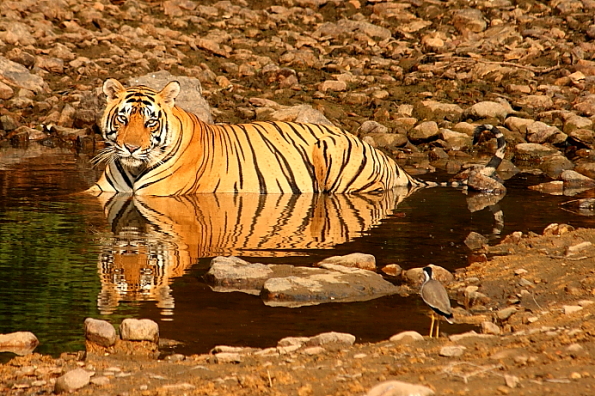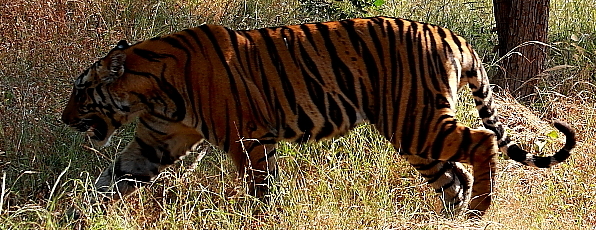
Our jeep rolled to a stop and our driver lifted a finger to his lips. We all craned forward anxious to see what he had spotted. In the clearing ahead of us dappled by the rays from an early morning sun a group of wild boar stared at us. Cameras were raised and images were framed then suddenly the canvas was blank. Startled by a cacophony of bleeps as cameras were switched on our subjects had taken to their heels. The culprits cowered under the stern gaze of those who knew how to silence their cameras.

This is generally round one, and particularly on safaris, of Happy Snapper versus serious photographer. There are three ways to deal with this problem – find out how to switch off the bleeps on your camera, ask someone who knows about these things to do it for you or turn the camera on before you set off and leave it on. The last suggestion may sound like a waste of battery power but in fact it uses less energy than constantly switching the camera on and off. The camera will shut down automatically after a designated time but wakes up when the shutter is depressed to midway. To turn off bleeps and squeaks go through the list in Settings and this is also where you will find the options for the time after which the camera will go to sleep.
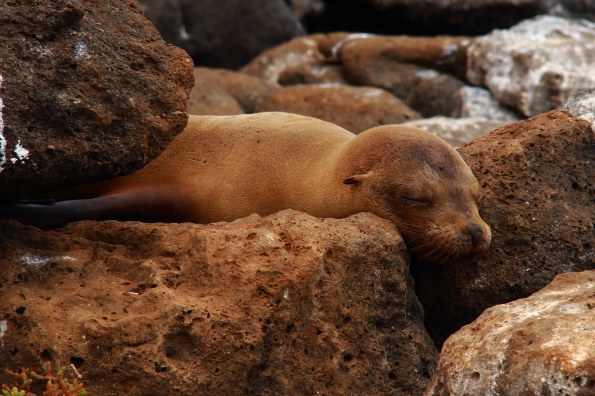
Round two follows soon after. Beeps silenced the Happy Snapper has now discovered that the photographs of elephants they captured earlier in the day are just small dots on the horizon and in an attempt to get closer to the subject they are pushing their way past everyone else and leaning as far over the side of the jeep as possible resulting in howls of frustration from those around them who suddenly find their frames filled with an outstretched hand holding a camera. The best solution to this problem is to buy the right camera.
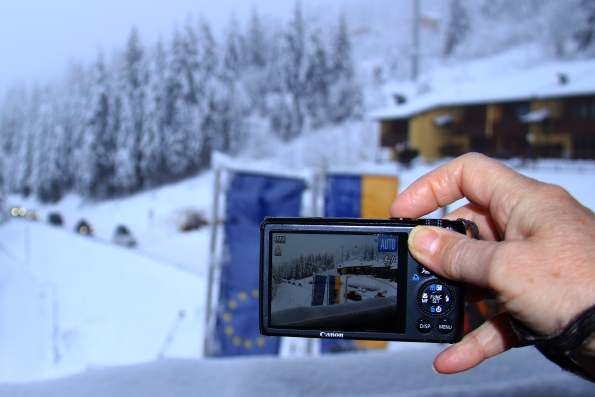
Do not just rush into the Duty Free shop at the start of your holiday and buy a camera. Do some research and once you have decided what you want then you can call the Duty Free shop (telephone numbers on airport websites) and see if they have the make and model you want. Dixons Duty Free shops will allow you to reserve items for collection at the airport. Before you travel learn about your camera – you can download instruction manuals from the internet and simple instructions should be included with the camera itself. Make notes to tuck inside your camera case so you can remember how to turn the bleep and the flash off (and on) when necessary. The use of flash is now forbidden in many historical buildings due to the detrimental effect on paintings and paintwork inside. A good source of information for instructions is the internet. Just Google your question and specify the make and model of the camera and someone is bound to have posted the answer.
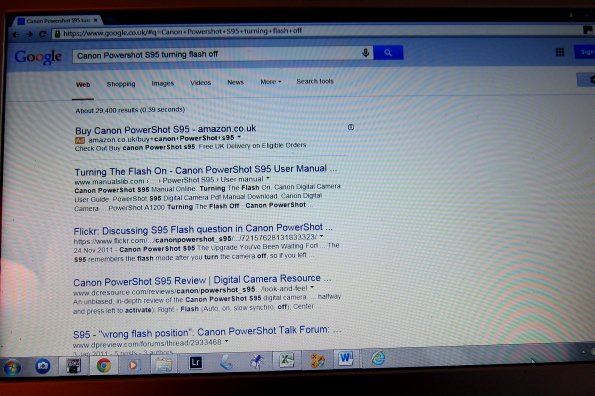
Most people who go on a safari for the first time do not always appreciate the importance of having sufficient zoom on their camera to get good pictures of the animals – pictures that fill the frame. Optical zoom is the important figure as it is very difficult to get sharp images when using digital zoom. There are several small cameras that offer good optical zoom for example the Panasonic Lumix range. All the well known brands produce good digital cameras. It is not only safaris that benefit from the ability to take close-ups – plants, people and details of buildings are also interesting topics.

You can get very small compact cameras now that do a fantastic job but many of them do not have a view finder and it is difficult to see your subject when the sun is shining so I would always recommend a camera with a view finder. Having said that I have a very nice Canon compact Powershot S95 that fits snugly in my pocket but it is difficult to use on sunny days – I have to select an object that I can identify on the screen and then position it in relation to my subject.
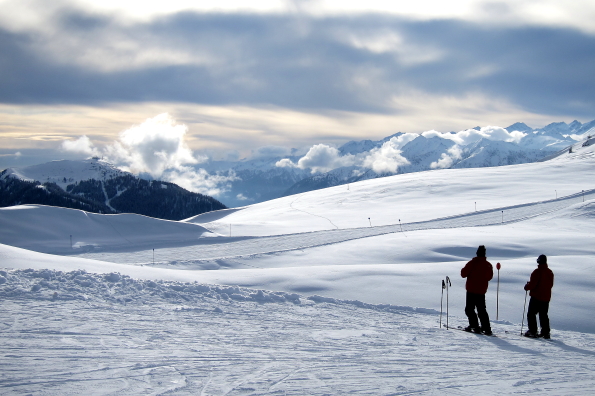
I would also recommend purchasing a camera with a re-chargeable lithium battery rather than one that uses double AA batteries. The latter get used up very quickly and particularly in extremes of temperature – very hot or very cold. Get into the habit of re-charging your battery every evening and do not be fooled by the indicator when it says it is still half full. The first half of the battery lasts a lot longer than the second half. Always take battery charger but still conserve power during the day. Reviewing and deleting use a lot of power and it is something that should be done at the end of the day when you have time to assess each photo before deciding whether or not to delete it. It is good to get into the habit of doing this every evening and then putting your battery on charge to ensure it will not run out the next day. If the power in your room goes off when you remove your room card from the slot your battery will stop charging while you are out of the room. Sometimes there are sockets that stay on so check all the sockets and if they go off when the key card is removed put another card in the slot – but not a credit or debit card in case you leave it behind. Sometimes a business card will work. Ideally you should carry a spare battery but batteries are expensive so charge your battery every evening. Double A batteries in particular do not last very long in very hot or very cold countries and it is not always easy to buy them when you are away and even if you do find some they will probably be very expensive. If your camera does use double A batteries take a good supply with you.

When you buy the camera buy a card as well with as large a capacity as possible and at least 8MG. Good offers are often available when cards and cameras are bought together. Now you have got plenty of room to take large images – large in the sense of millions of pixels. The higher the number of pixels the better quality the image and also the easier it is to crop the image if your subject is too small because it was too far away or you do not have sufficient zoom to get a good close up. If you do not have a tablet or laptop with you on which to download your images (good idea to do this every day) then carry memory sticks or spare cards with you in case you run out of space. You can ask your hotel to transfer images from the card in your camera to a memory stick.
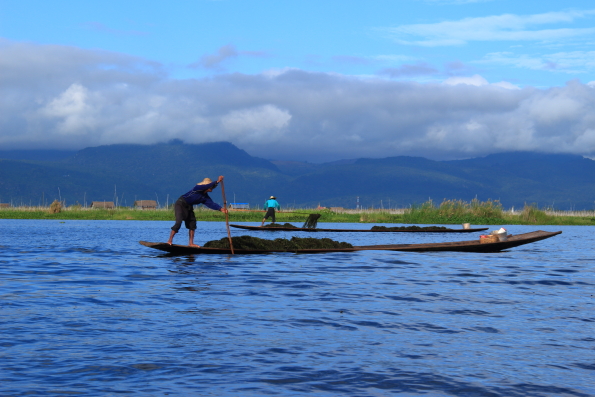
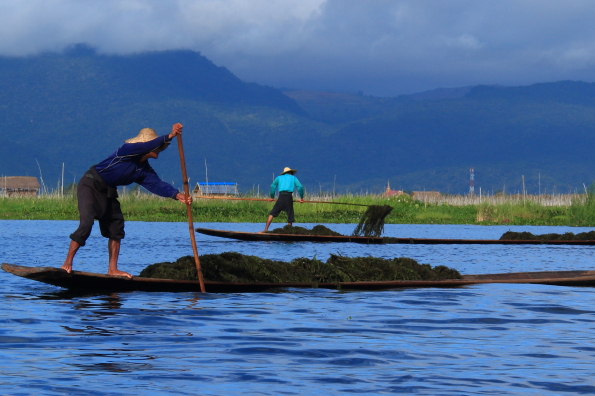
Now you are all set to take some fabulous images. If you have a new camera then practice taking photos around your hotel before going out and about. If you have not used your existing camera for a while don’t forget to download all your photos of Christmas two years earlier. You will be surprised how many photos you take and you don’t want to waste time wondering whether to delete Cousin Steve kissing your sister under the mistletoe or Uncle James sound asleep on the floor in front of the fire while a tiger may have just strolled by just five feet away from you.
